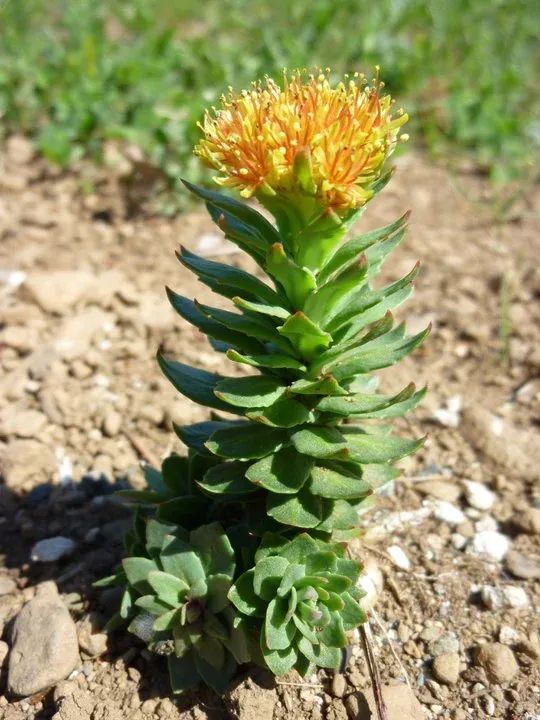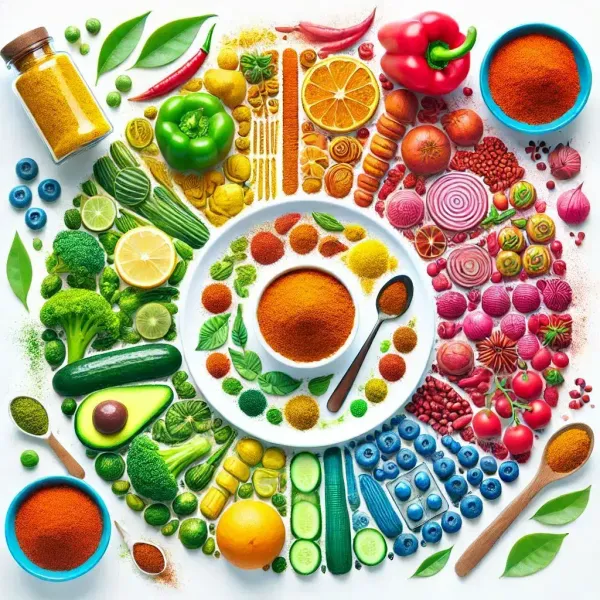Rhodiola Rosea Root Extract Facts
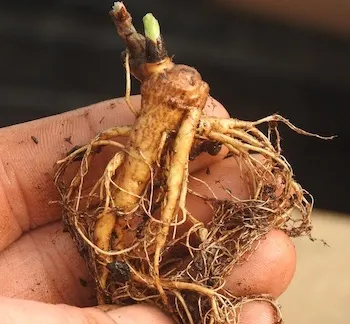

What is Rhodiola Rosea?
Rhodiola rosea, also known as "golden root" or "roseroot," is a valuable medicinal plant that grows in arctic areas of Europe and Asia. This perennial plant belongs to the Crassulaceae family and can reach a height of 12-30 inches. Rhodiola rosea produces yellow blossoms and has a thick rhizome that emits a fragrant scent when cut.
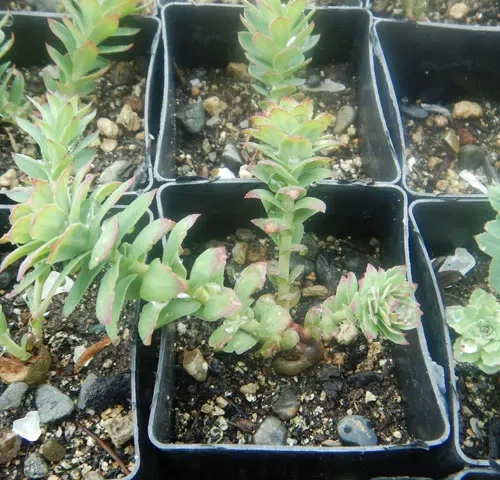
Growing Rhodiola Rosea
Seed Germination
Rhodiola rosea seeds require specific conditions for successful germination:
- Cold stratification benefits germination, typically requiring about 6 weeks at 5°C or colder.
- Sow seeds on moist, sterilized potting soil during winter.
- Place seeds outside for two months or more, preferably under snow cover.
- Cover seeds lightly or press them into the soil surface, avoiding deep burial.
- Keep the soil consistently moist but not waterlogged.
Seedling Care
Young rhodiola seedlings grow slowly and need special attention:
- Provide a semi-sheltered location from sun and wind.
- Maintain a balance between overwatering and drought conditions.
- Mild fertilization may benefit growth but isn't necessary.
- After 1-2 months, when a stalk emerges from the rosette of seed leaves, gradually expose seedlings to more sunlight.
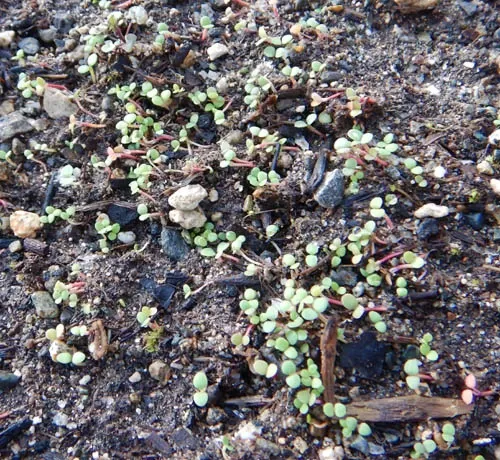
Mature Plant Cultivation
Rhodiola rosea thrives under specific conditions:
- Choose a site with full or almost full sun exposure.
- Ensure good drainage, especially during spring runoff.
- Provide some shelter from wind to conserve soil moisture.
- Space plants about one foot apart in rows, with 8-inch spacing between rows.
- While drought-tolerant, regular watering benefits growth.
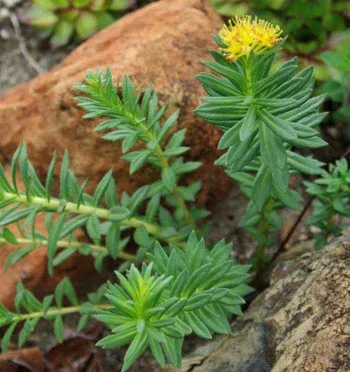
Harvesting and Processing
Root Harvest
Farmers typically harvest rhodiola rosea roots after 3-5 growing seasons:
- Roots can attain 0.75% rosavin content after three years.
- Four to five years of growth provides greater root biomass and up to 1% rosavin content.
- Maximum commercial field age is usually 6-7 years due to root deterioration.
Creating the Herbal Powder
Processors transform rhodiola rosea roots into a powdered extract:
- They use aqueous or hydroethanolic extraction methods.
- Aqueous extraction typically yields a 6-10:1 native extraction ratio.
- Hydroethanolic extraction (using up to 70% ethanol) yields a 3-5:1 ratio.
- The resulting extract appears as a brown, non-crystalline powder with a rose-like odor.
Key Components and Quality Control
Rhodiola rosea extract contains several important compounds:
- Phenylpropanoids (rosavin, rosin, and rosarin)
- Salidroside
- Flavonoids, monoterpenes, triterpenes, and phenolic acids
Quality control measures ensure the extract's potency:
- Manufacturers test for phenylpropanoid content (3.0-5.0%)
- Rosavin levels should fall between 1.5-3.5%
- Salidroside content typically ranges from 1.0-3.0%
By following these rigorous growing, harvesting, and processing methods, producers create high-quality rhodiola rosea root extract for use in various health supplements.
